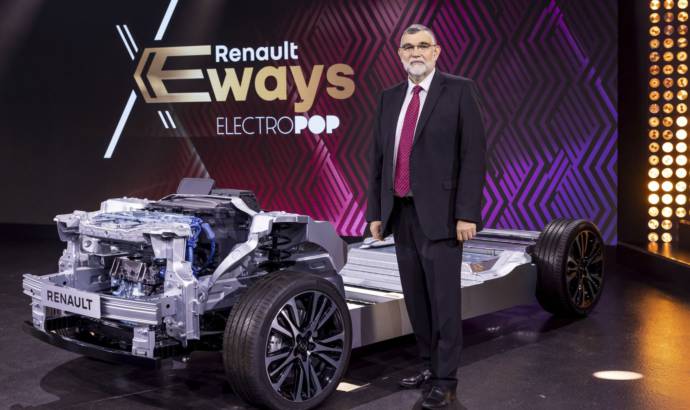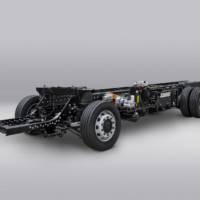Renault is thinking forward. Not only in producing cars, but also in supplying important components to the market.
By being the first OEM to develop its own e-motor – with no rare-earth (no-permanent magnets) and based on electrically excited synchronous motor (EESM) technology, along with its own reducer – Renault Group keeps one step ahead of the competition. Having already provided most of the investment, the Group has been able to cut the battery cost in half over the past 10 years and will halve it again in the coming decade. The Group will gradually embed new technological improvements from 2024 on its EESM: stator hairpin, glued motor stack, brushless and hollow rotor shafts; lowering costs and improving the efficiency of the motor.
The Group has also signed a partnership with the French start-up Whylot for an innovative automotive axial flux e-motor. This technology will first be applied on hybrid powertrains aiming to reduce costs by five per cent while saving up to 2.5g of CO2 (WLTP) for B- and C-segment passenger cars. Renault Group will be the first OEM to produce axial flux e-motors on a large scale from 2025.
For Power Electronics, the Group will extend its value chain control by integrating the inverter, DC-DC and onboard charger (OBC) into a unique box produced in-house. With a compact design, this one-box project will be 800V compliant, with fewer parts to reduce the cost, and will be used across all platforms and powertrains (BEV, HEV, PHEV). Power modules for inverter, DC-DC and OBC will rely respectively on silicon carbide (SiC) and Gallium Nitride (GaN) thanks to the strategic partnership signed with ST Microelectronics.
On top of these new technologies, the Group is also working on a more compact, all-in-one e-powertrain. This e-powertrain integrates the e-motor, the reducer and the power electronics (One Box Project) in a single package: enabling 45 per cent less volume in total (equivalent to the volume of the current-generation Clio fuel tank), 30 per cent reduction in cost of the overall powertrain (this value saving being the equivalent of the e-motor cost), and a 45 per cent reduction of wasted energy on WLTP allowing an extra EV range of up to 12 miles (20km).



